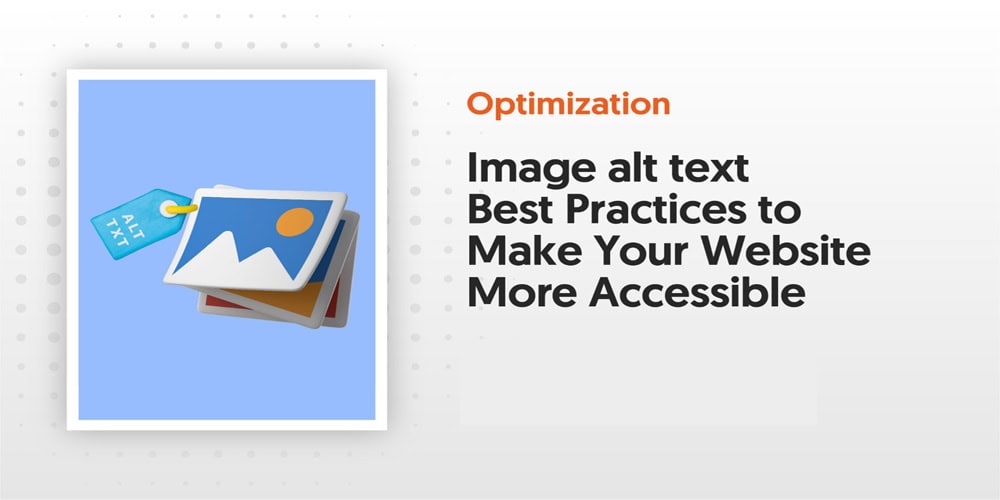Site Characteristics & Ranking Factors

Why Simple Factors aren’t Ranking Signals Google’s John Mueller affirmed in a LinkedIn post that two site characteristics that could be perceived as indicative of site quality aren’t ranking factors, suggesting that other perceived indicators of quality may not be either. He posted something interesting on LinkedIn because it offers insight into how an attribute of quality sometimes isn’t enough to be an actual ranking factor. His post also encourages a more realistic consideration of what should be considered a signal of quality and what is simply a characteristic of a site. The two characteristics of site quality that Mueller discussed are valid HTML and typos (typographical errors, commonly in reference to spelling errors). His post was inspired by an analysis of 200 home pages of the most popular websites that found that only 0.5% of which had valid HTML. That means that out of the 200 of the most popular sites, only 1 home page was written with valid HTML. John Mueller said that a ranking factor like valid HTML would be a low bar, presumably because spammers can easily create web page templates that use valid HTML. Mueller also made the same observation about typos. Valid HTMLValid HTML means that the code underlying a web page follows all of the rules for how HTML should be used. What constitutes valid HTML is defined by the W3C (World Wide Web Consortium), the international standards making body for the web. HTML, CSS, and Web Accessibility are examples of standards that the W3C creates. The validity of HTML can be tested at the W3C Markup Validation Service which is available at validator.w3.org. Is Valid HTML A Ranking Factor?The post begins by stating that a commonly asked question is whether valid HTML is a ranking factor or some other kind of factor for Google Search. It’s a valid question because valid HTML could be seen as a characteristic of quality. Mueller wrote: “Every now and then, we get questions about whether “valid HTML” is a ranking factor, or a requirement for Google Search. Jens has done regular analysis of the validity of the top websites’ homepages, and the results are sobering.” The phrase, “the results are sobering” means that the results that most home pages use invalid HTML is surprising and possibly cause for consideration. Given how virtually all content management systems do not generate valid HTML, I’m somewhat surprised that even one site out of 200 used valid HTML. I would expect a number closer to zero. Mueller goes on to note that valid HTML is a low bar for a ranking factor: “…this is imo a pretty low bar. It’s a bit like saying professional writers produce content free of typos – that seems reasonable, right? Google also doesn’t use typos as a ranking factor, but imagine you ship multiple typos on your homepage? Eww. And, it’s trivial to validate the HTML that a site produces. It’s trivial to monitor the validity of important pages – like your homepage.” Ease Of Achieving Characteristic Of QualityThere have been many false signals of quality promoted and abandoned by SEOs, the most recent one being “authorship” and “content reviews” that are supposed to show that an authoritative author wrote an article and that the article was checked by someone who is authoritative. People did things like invent authors with AI generated images that are associated to fake LinkedIn profiles in the naïve belief that adding an author to the article will trick Google into awarding ranking factor points (or whatever, lol). The authorship signal turned out to be a misinterpretation of Google’s Search Quality Raters Guidelines and a big waste of a lot of people’s time. If SEOs had considered how easy it was to create an “authorship” signal it would have been apparent to more people that it was a trivial thing to fake. So, one takeaway from Mueller’s post can be said to be that if there’s a question about whether something is a ranking factor, first check if Google explicitly says it’s a ranking factor and if not then consider if literally any spammer can achieve that “something” that an SEO claims is a ranking factor. If it’s a trivial thing to achieve then there’s a high likelihood it’s not a ranking factor. There Is Still Value To Be Had From Non-Ranking FactorsThe fact that something is relatively easy to fake doesn’t mean that web publishes and site owners should stop doing it. If something is good for users and helps to build trust then it’s likely a good idea to keep doing it. Just because something is not a ranking factor doesn’t invalidate the practice. It’s always a good practice in the long run to keep doing activities that build trust in the business or the content, regardless of whether it’s a ranking factor or not. Google tries to pick up on the signals that users or other websites give in order to determine if a website is high quality, useful, and helpful, so anything that generates trust and satisfaction is likely a good thing.
Google Shows How To Use Alt Text For SEO

Google Shows How To Use Alt Text For SEO Google’s John Mueller explained how to use alt text for SEO and why you probably shouldn’t use AI to scale it. The Search Engine Journal is reporting that the person asking the question wanted to know whether alt text was still relevant for search optimisation. In order to understand the role of alt text for SEO it’s useful to learn the technical reason for why alt text exists. HTML elements can be described as the major building blocks of a web page. Elements can be extended with additional information by the use of attributes. For example, “” is an anchor element that becomes a link with the “href” attribute. Another attribute of the anchor element is the nofollow attribute. Alt is short for alternate or alternative content. Alt, in the context of the question, is an HTML attribute of the image element. The purpose of “alt” is to provide alternate information about an image that can help a site visitor who might not be able to see the image and if the information is useful to them within the context of the web page. Web page content is commonly considered to be text but images are also content when they have an “informative value” that helps a site visitor understand the web page topic. The World Wide Web Consortium (W3C, the HTML standards making body) offers a great explanation: “Choosing appropriate text alternatives:Imagine that you’re reading the web page aloud over the phone to someone who needs to understand the page. This should help you decide what (if any) information or function the images have. If they appear to have no informative value and aren’t links or buttons, it’s probably safe to treat them as decorative.” Complex images like graphs and illustrations may require a two-part alternate text, with the alt text providing a concise description of what the image is about and the surrounding text offering a longer more comprehensive description of the content of the image (another way is to link to the longer description). The person asking the question understands that Google is using complex algorithms to “view” the image and understand them and basically wants to know if the use of alt text is therefore redundant (repetitive) and superfluous (extra information that’s not necessary). This is the question asked: “Image alt text in the era of computer vision Are images alt texts still relevant for SEO with all the computer vision and images recognition advancement? Is there any info of Google or other search engines using machine learning models to crawl images rather than relying on the user provided alt texts?” Context Is Key In SEOThe assumption made by the person asking the question is reasonable and the question is valid. The information they may be missing is the context in which Google uses AI to “view” images and read the text that’s inside of them. Google’s documentation shows that the context for that kind of AI vision is in Google Lens, Google Translate, and other search surfaces but Google’s documentation doesn’t specifically mention the use of AI vision capabilities in the regular Google search results ((hat tip to @schachin for pointing me to that documentation!). John Mueller’s answer adds the context that’s missing. He explains that the text content that’s around the image helps to give context to the image and what it means. Simply using AI vision to understand the image doesn’t provide insight into what that image means in the context of the web page. Here’s Mueller’s answer: “For image search, there’s the context that comes from the page + image combination that matters. A photo of a beach might be a relaxing poster, it might be the beach from a hotel, it could be the site of a chemical spill. Just knowing that the image is of a beach doesn’t really give sufficient background information to be able to show it in image search appropriately. A lot of it does come from the page, and the alt-text is unique in that it’s what directly connects the image to the page with context. Unless your site is a photo agency, traffic for “photo of a beach” isn’t going to be that useful – but for a hotel, having “hotel with beach in X” can be relevant. Again, a lot of that can come from the rest of the page, but the alt attribute value is a unique opportunity to give context. (And with that … if you use AI to create alt texts based on the image file, and get “photo of a beach” as the alt text for that image, you’re not getting the most out of the alt text, both for users & search engines.)” That’s a great description of why alt text is important for SEO. Alt text shows how the image is directly related to the content of the web page. Why AI Fails For Alt TextMueller also points up a shortcoming in the use of AI for scaling alt text in that in general an AI describes the image but fails to label it within the context of the content. Using alt text to communicate an informative description in the context of the text context is the right way to do it as described by the W3C and for SEO in general and for accessibility reasons.
